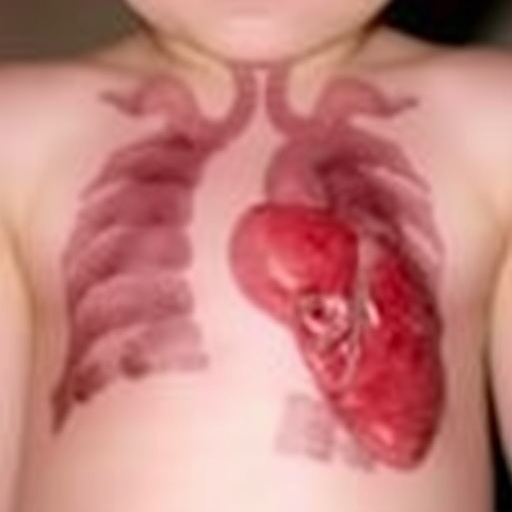HOUSTON – (May 18, 2018) – A study led by a neurologist from McGovern Medical School at The University of Texas Health Science Center at Houston (UTHealth) showed that a computed tomography (CT scan) could be sufficient for determining thrombectomy treatment in stroke.
The late-breaking results were presented by Amrou Sarraj, M.D., today at the European Stroke Organization Conference in Sweden.
Thrombectomy surgery can be performed to remove a large blood clot lodged in a blood vessel. It has been shown to be an effective treatment for improving clinical outcomes in stroke up to 24 hours from onset. Stroke is the leading cause of long-term disability and fourth leading cause of death globally. Imaging must be done to determine the location of the clot and whether the patient is a good candidate for thrombectomy. Physicians use non-contrast simple CT and/or advanced CT with an injected contrast dye (CT perfusion) to see the area.
"The results show that simple imaging, while not perfect, may be good enough. This basic technique is faster, which means patients could potentially be treated more quickly," said Sarraj, associate professor of neurology at McGovern Medical School at UTHealth. "The advanced imaging of CT perfusion isn't available everywhere, so this could open up the door to identify more people for potential treatment, especially in remote areas."
Sarraj was principal investigator of the study, Optimizing Patient Selection for Endovascular Treatment in Acute Ischemic Stroke (SELECT). The clinical trial enrolled 445 patients who received both simple and advanced imaging at nine academic health centers across the U.S. from January 2016 to February 2018. Senior author was Gregory Albers, M.D., of Stanford University.
The results showed that patients who were treated based on simple imaging had identical clinical outcomes to those treated based on advanced imaging. In addition, those patients who had a good imaging profile – a smaller area of dead brain tissue – had the same clinical outcomes regardless of which imaging was used.
"If those treated using simple imaging can do as well as those treated by CT perfusion, this is an extremely important breakthrough that warrants further exploration and testing because it could broaden the number of patients having and benefiting from thrombectomy," said Sarraj, who is also director of UTHealth's vascular neurology fellowship program and an attending physician at Memorial Hermann-Texas Medical Center.
However, the study also revealed that 42 percent of patients who were excluded from thrombectomy by one of the imaging profiles, but had a good profile on the other type of imaging, had positive clinical outcomes.
"Our results should not be interpreted that advanced perfusion images are not necessary or should not be acquired at all as they still identified a group of patients that may be treated with thrombectomy when CT alone was not enough. The numbers involved are significant because 17.6 percent of patients could have been excluded from having surgery if the CT or CT perfusion were relied on alone, so there's a real opportunity here to help more people if both forms of imaging are available," Sarraj said.
The study did not randomize patient selection by simple imaging versus advanced imaging.
"Although this was the first large cohort study with pre-specified imaging criteria, analyses and objectives to look at imaging type selection, there is room for further refinement to truly test our initial findings and see if they are more affirmative and conclusive," Sarraj said.
###
The study was funded by McGovern Medical School at UTHealth through an unrestricted grant from Stryker Neurovascular. Co-investigators from UTHealth were Clark W. Sitton, M.D.; Bita Imam, Ph.D.; Sujan Reddy, M.D.; Kaushik Parsha, M.D.; Haris Kamal, M.D.; Louise McCullough, M.D., Ph.D.; and Sean Savitz, M.D. Other co-investigators included James Grotta, M.D., director of stroke research, Memorial Hermann-Texas Medical Center, Ameer Hassan, D.O., Valley Baptist Medical Center, Rishi Gupta, M.D., WellStar Health System, Nirav Vora, M.D., Riverside Methodist Hospital, Michael Abraham, M.D., Kansas University Medical Center, Diogo Haussen, M.D., Emory University, Maarten Lansberg, M.D., Ph.D., Stanford University, Randall Edgell, M.D., Saint Louis University and Frank Hellinger, M.D., Florida Hospital.
Media Contact
Victoria Tagg
[email protected]
713-500-3030
http://www.uthouston.edu
https://www.uth.edu/media/story.htm?id=3e44778e-252e-4cb5-83d4-1b1f62a1f72c




